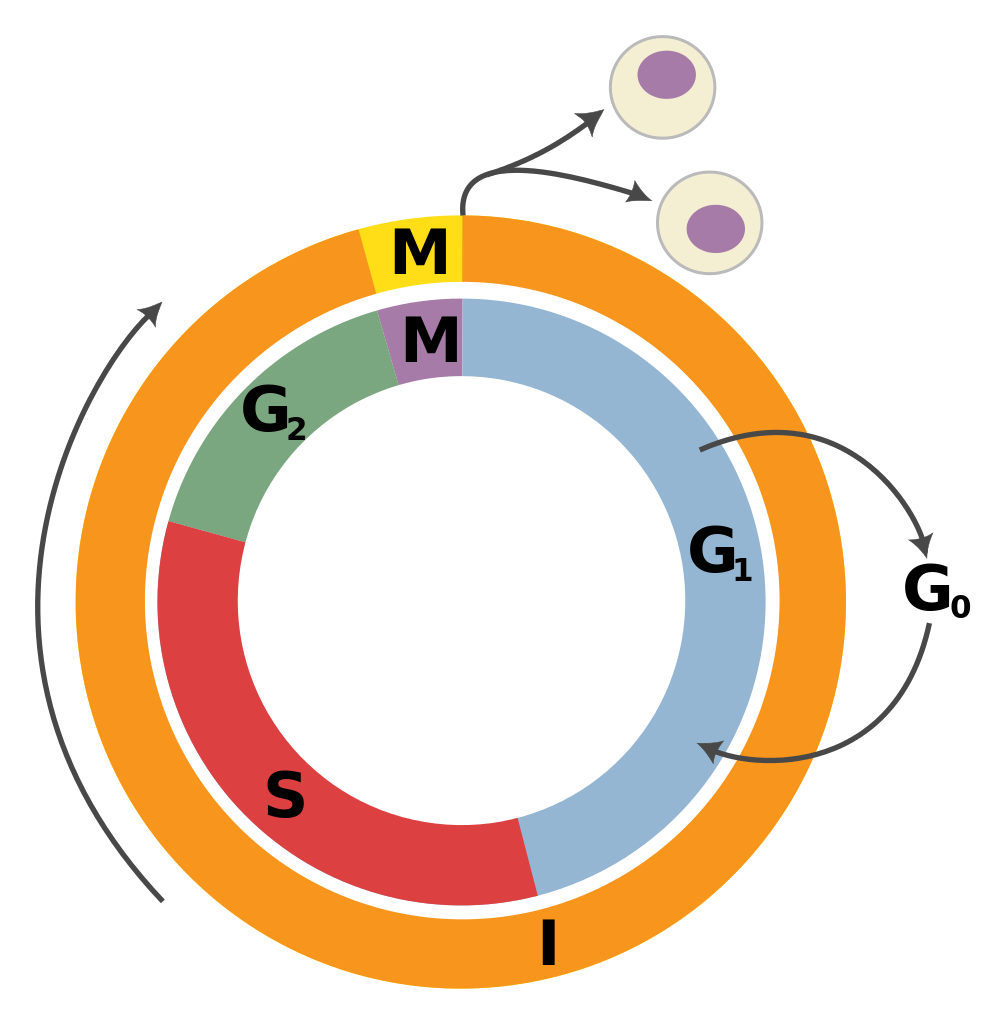A snapshot of F and the outgoing transitions of s 14 i ranges over Biology Diagrams
A snapshot of F and the outgoing transitions of s 14 i ranges over Biology Diagrams In the commonly accepted paradigm for control of the mammalian cell cycle, sequential cyclin-dependent kinase (CDK) and cyclin activities drive the orderly transition from G1 to S phase. However, recent studies using different technological approaches and examining a broad range of cancer cell types are challenging this established paradigm. An alternative model is evolving in which cell The accurate transition from G1 phase of the cell cycle to S phase is crucial for the control of eukaryotic cell proliferation, and its misregulation promotes oncogenesis. During G1 phase, growth-dependent cyclin-dependent kinase (CDK) activity promotes DNA replication and initiates G1-to-S phase transition. Notably, although the role of endogenous replication stress during the mother S phase provides well-established control of the daughter G1/S transition (19,22,23,40,45), a parallel contribution from ROS-mediated DNA damage arising from mother cell respiration has not been studied (to our knowledge), and may be an important avenue for future

The G1/S transition is a stage in the cell cycle at the boundary between the G1 phase, in which the cell grows, and the S phase, during which DNA is replicated. [1] The cell cycle control system is biochemically based so that the proteins of the mitosis promoting factor

Control of cell cycle transcription during G1 and S phases Biology Diagrams
On the basis of current knowledge, control of the G1/S phase transition is largely a matter of regulating a set of specific cyclin dependent kinase (CDK) activities. In mammalian cells, the G1/S specific CDK activities are composed of complexes between D type cyclins and either CDK4 or CDK6 and between cyclin E (and possibly cyclin A) and CDK2.

Finally, a full accounting of how growth regulates the G1/S transition will also likely require a more detailed understanding of the mTOR signaling network and its mechanistic links to G1 control (Liu and Sabatini, 2020). We anticipate the nexus of cell size, growth, and the G1/S transition will be a very active area of research in the coming

Control of cell cycle transcription during G1 and S phases Biology Diagrams
The G1/S transition of the cell cycle is a critical control point for cell proliferation and a target of new cancer therapies. Rubin et al. describe the existing molecular models for G1/S regulation by the Cdk-Rb-E2F and other pathways, and they review recent studies that challenge those paradigms.

Strikingly, the cell-cycle phase targeted most frequently in multistep oncogenesis is the control of G1/S transition. This period includes the late-G1 commitment to replicate the genome and complete the cycle (the restriction point control), and the initiation of DNA replication, events regulated by the so-called `RB pathway'.
